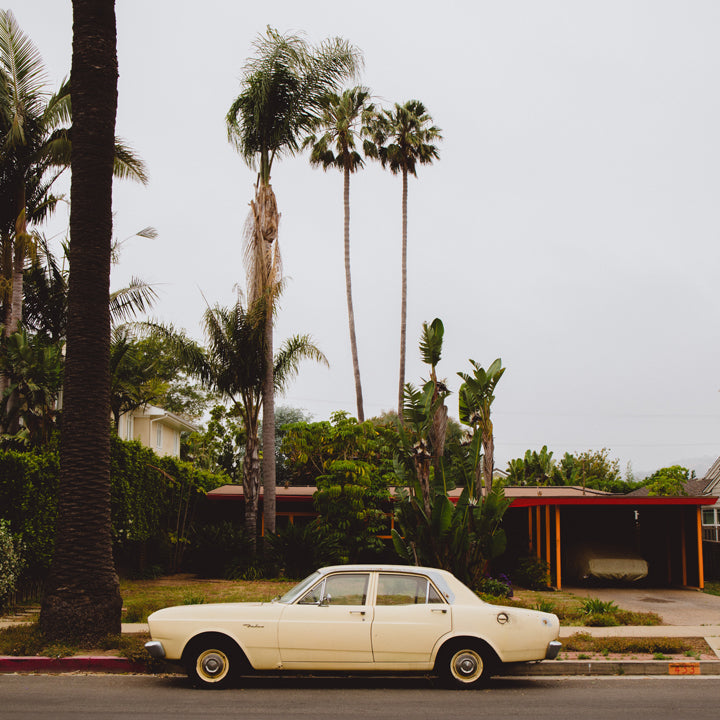
What is Mid Century Modern?
Here at Ciseal, our focus is on making Mid Century inspired furniture, lighting, and home decor for the modern day. In this series of blog articles, we’re going to dive into defining Mid Century design for your home, share why we love Mid Century, and provide some tips for adding some Mid Century style to your home. This week, we’re kicking off the series by exploring a question we get asked quite a bit: What is Midcentury Modern?
When you hear “Midcentury Modern” what do you think? Is it the set of Mad Men? Maybe it’s your parents' or grandparents’ dated furniture and decor. It could conjure up images of bright colors and earthy wood tones. Or tacky wood paneling and a well-past-their-prime shag rugs. Mid Century is such a broad category, and everyone seems to have their own definition and interpretation - which we love!
Most homes that are considered Midcentury Modern were built between the 1940’s and 1970’s, but modern interpretations continue to be built today. The originators of the style were modern architects including Walter Gropius and Marcel Breuer who fled Nazi Germany for the United States before World War II. Other influential designers include Ludwig Mies van der Rohe who was the Architecture department head at the Illinois Institute of Technology, Frank Lloyd Wright students Richard Neutra and Rudolph Schindler, and Cranbrook Academy of Art Alums Charles and Ray Eames and Eero Saarinen.
World War II was important to the style because it necessitated experimental technologies and materials like plywood, steel, and aluminum which went on to be used extensively in buildings and decor after the war. According to Sian Winship, president of the Southern California Chapter of the Society of Architectural Historians, “The birth of midcentury modern was after the war. The houses had open floor plans and giant sliding-glass doors, which encouraged people to go outside and be healthy. In a traditional home, the window height is 4 to 5 feet, and you can’t see out as a child. With these walls of glass, children became engaged and open-minded because the environment stimulated the senses in a different way.”

Photo by Midwestliving.com
The ultimate goal of Midcentury Modern design is to inspire and encourage us to explore the world around us in new ways. At it’s roots, Midcentury Modern architecture utilizes four key elements to blend our interiors with the world around us:
-
Extensive glass: Large windows and sliding-glass doors drape the outside walls of Midcentury homes to allow natural light to flood indoors.
-
Open design concepts: Midcentury Modern homes will have partial walls, small sets of steps between rooms to create split-level spaces, and cabinets of varying heights to create defined areas in otherwise open spaces.
-
Simplicity of form: The flat planes and geometric lines of Midcentury houses create low, sweeping flat or gabled rooflines, repetitive linear patterns in support beams and posts, and brick- or stone-clad chimneys that anchor the design.
-
Connection with nature: Midcentury rooms have a connection to nature through expansive windows or multiple access points to draw the residents outside.
A few famous examples of Midcentury Modern homes include:
Stahl House - Case Study House 22

Photo by Midcenturyhome.com
Eichler Homes (there are a lot of them!)

Photo by MCMdaily.com
Jens Risom's Block Island Home

Photo by Dwell.com
Farnsworth House

Photo by Farnsworthhouse.org
So, that’s your primer on how Midcentury Modern came to be and how it’s defined. Next week we’re going to explore the specific reasons why we here at Ciseal love Midcentury design. You can read that article here: Why We Love Mid Century Modern.

